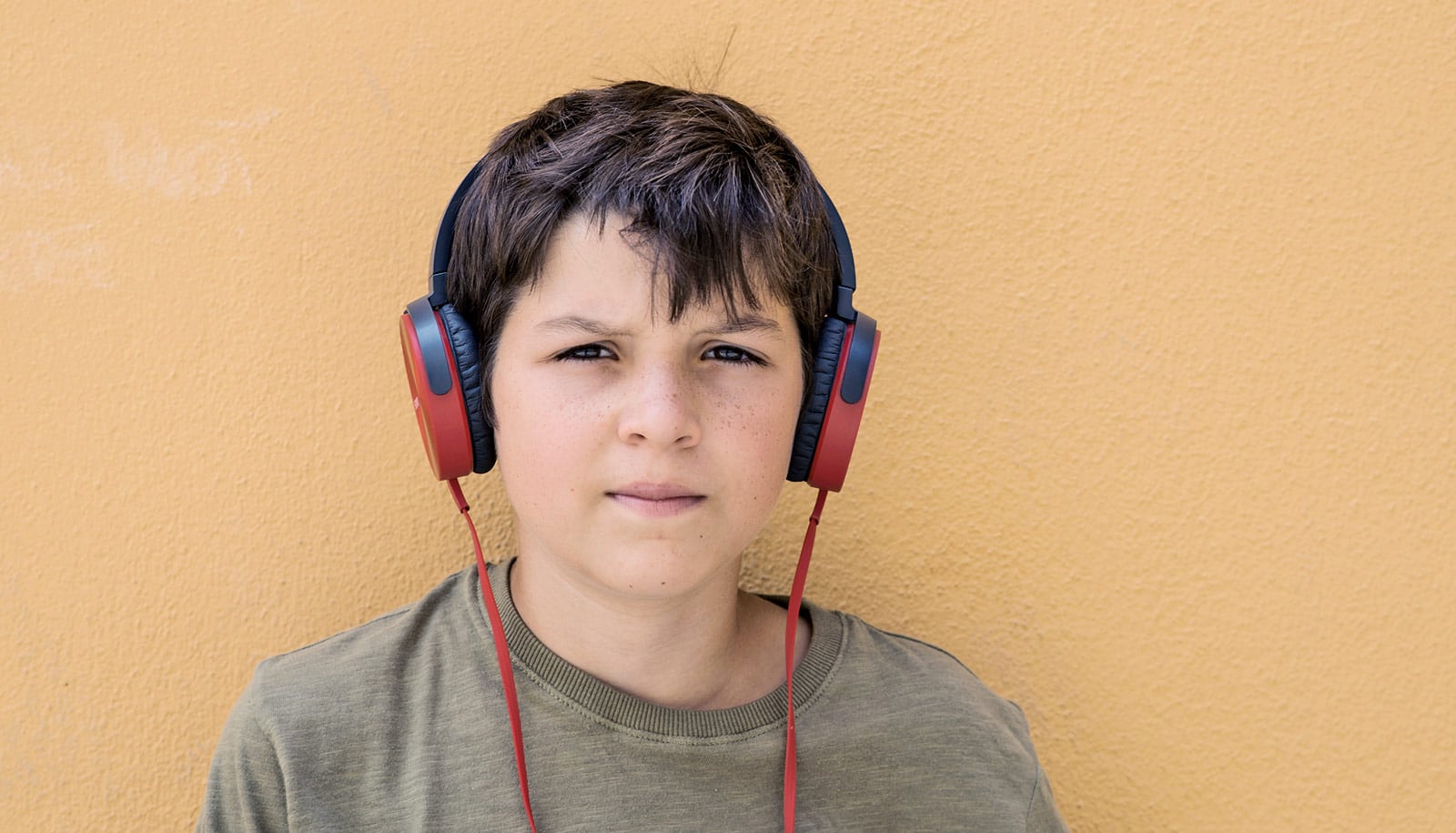A simple computer-based program known as attention training may offer relief to teens with an anxiety disorder, according to a new study.
Researchers discovered major reductions in anxiety among 64 youths after just four twice-weekly sessions of the attention training program.
All the youths had diagnosed anxiety disorders and had completed cognitive behavior therapy (CBT)—the standard treatment for adolescent anxiety—without improvement. After attention training, half the participants no longer met the criteria for an anxiety diagnosis. The benefits remained at the two-month follow-up.
“Before, she would be just really, really angry and upset in a disturbing way. After the treatment, I never see that behavior.”
Although experts consider CBT the strongest evidence-based treatment for children and adolescents with anxiety disorders, up to 50% of youth with anxiety disorders do not respond to CBT.
“The fact that we could show in a hard-to-treat sample that half of participants did respond suggests that attention training is working through a different mechanism than CBT that is beneficial to these children,” says Wendy Silverman, professor of child psychiatry and director of the Anxiety and Mood Disorders Program at the Yale University’s Child Study Center.
The researchers are currently enrolling participants (ages 10-14 years) for a much larger two-site treatment study at Yale and Florida International University. Researchers hope to confirm the efficacy of attention training, and to better understand the underlying mechanisms.
What is attention training?
In the attention training program, participants sit alone in a room with a computer. Two faces flash on the screen: one threatening, one non-threatening. Milliseconds later, another pair of faces appear. And another. Researchers instructed participants to click on the arrow that always points to the non-threatening face.
The images change so rapidly that participants are not consciously aware as they click of the varying facial expressions. But as they click, their brains are trained to turn away from the threatening stimuli to which they have become hyper-attuned.
“People with anxiety problems—their attention goes immediately to threatening stimuli,” Silverman says. “We are training the brain to look away from the threat.”
Shantia Rooplal’s 12-year-old daughter, Krysila, began exhibiting anxious behaviors in second grade—obsessively biting her nails and responding negatively to teachers and social situations. It was years, Shantia says, before she understood that something was wrong.
“I saw the same pattern in classroom after classroom,” she says. “Lots of social issues, especially at school. Always negative things about the playground, the teachers.”
Rooplal says her daughter would regularly come home from school upset and out of control, yelling and screaming in full-blown tantrums.
Following an assessment for anxiety, Krysila completed the four-week attention training. Her mother says the difference was remarkable.
“Before, she would be just really, really angry and upset in a disturbing way. After the treatment, I never see that behavior,” she says.
Benefits for teens with social anxiety
There are real advantages to using a computer-based program for kids with anxiety, particularly social anxiety, Silverman says.
In CBT sessions, adolescents have to do a number of tasks they find challenging—talking to people, ordering food, making phone calls—in addition to long talks with a therapist.
“Children, adolescents, and adults with social anxiety are easily embarrassed and concerned about what other people think,” she says. “Engaging them in verbal forms of therapy can often be very difficult. And studies show that youth with social anxiety respond less well to CBT compared to those with other anxiety disorders.
Researchers hope attention training can serve as a new, efficient tool for helping these kids manage their hard-to-treat anxiety with limited discomfort.
What’s more, says Silverman, the treatment could easily be used in “step care,” preventing early signs of anxiety from becoming a more full-fledged disorder.
The study appears in the Journal of the American Academy of Child & Adolescent Psychiatry.
Adolescents ages 10-14 with social anxiety may be eligible for participation in the study. For further information, call the Yale Child Study Center’s Anxiety and Mood Disorders Program at (203) 737-4644.
Source: Yale University


